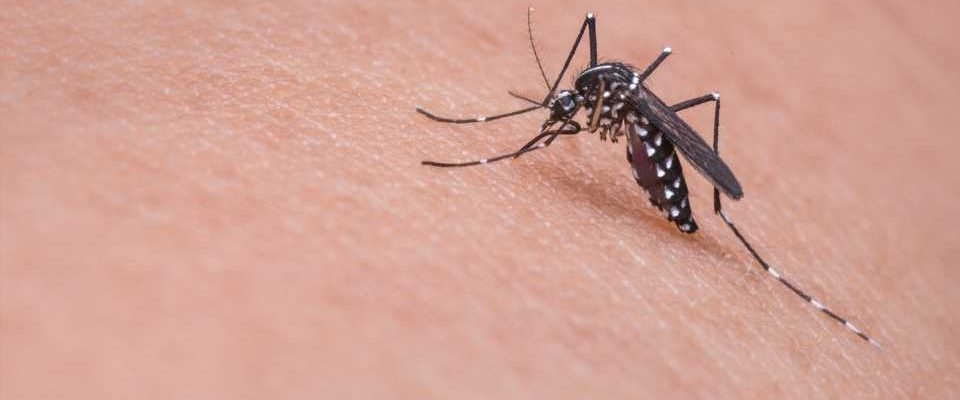Assessing the risk of spread of Zika virus under current and future climate scenarios

It is of great significance to estimate the urban cycle area and the sylvatic cycle area of ZIKV worldwide and predict its future trends based on observed records, historical “bioclimatic” variables, population data, and estimated vector distribution data.
ZIKV has been expanded in 86 countries. There was much evidence that supported the linkage between sylvatic circulation and urban circulation.
The results of this research indicate that 16.6% of the world’s landmass (except Antarctica) is a risk area. Approximately 6.22 billion people (78.69% of the global population) live in the risk area, with the vast majority in South Asia, central Africa, South America, North America, and countries around the Mediterranean Sea. The sylvatic cycle happens between the Tropic of Cancer and the Tropic of Capricorn. The overlap region of the urban and sylvatic cycles could be hotpots that ZIKV spill from the sylvatic cycle to the urban cycle.
Future climate change decreases the risk area of ZIKV. However, the results of this research indicate that long-term passenger screening, mosquito surveillance, and control are still necessary.
Source: Read Full Article
